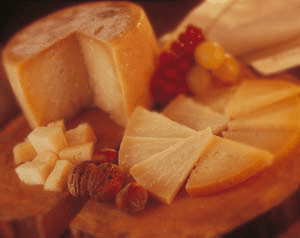In addition to being the land par excellence of great wines, from the Rioja Alta to the last town in the Sierra of the Cameros, is framed on your own PDO Camerano cheese. Another gastronomic jewel from La Rioja that serves as a perfect accompaniment to the wine products that are also born in the lands of the small autonomous community. From milk from several specific breeds of goats and with a very characteristic bark that is achieved through a braided wicker mold, this cheese is differential, autochthonous and identifier of the region. Here we tell you everything about it so you can enjoy it on your next trip to The Rioja!
Origin and history of the product
Own and originally from the Riojan mountains of The Cameros, the shepherds settled there since before the thirteenth century they used to have goats of the Serrana breeds (the most indigenous in the area), Malagueña, Alpina or Murciano-Granadina. These or also their crosses were the producers of the milk that the mountain families used to take advantage of for personal consumption. This was a subsistence economy and the remaining dairy was used to make the camerano cheese, although its subsequent consumption was in fresh, especially.
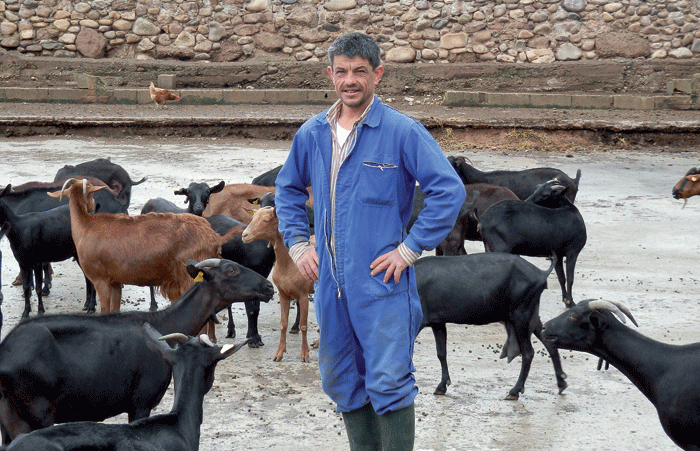
However, with the intention of prolonging its good state to enjoy it at the table, it was used bathe in oil or left in a process of maturation. Thus was born the cured version of the product, which served as food resource for those times when less quantity of milk was obtained. These were the beginnings of its production, although later on the ranchers had some problems grazing with their goats in certain areas. The collisions occurred with owners of vine and other crops, who complained about the damage of livestock to their land. In the municipal area of Haro finally, under the reign of Felipe V, grazing was prohibited.
A curious anecdote that, not in vain, did not stop the elaboration of the camerano cheese, especially by monks, who became allies of food. Of course, the commercialization did not exist, but some intermediaries called «egg cups»They went to the mountains to collect dairy products, twice a week. Thus they arrived at the traditional markets of the Riojan capital.
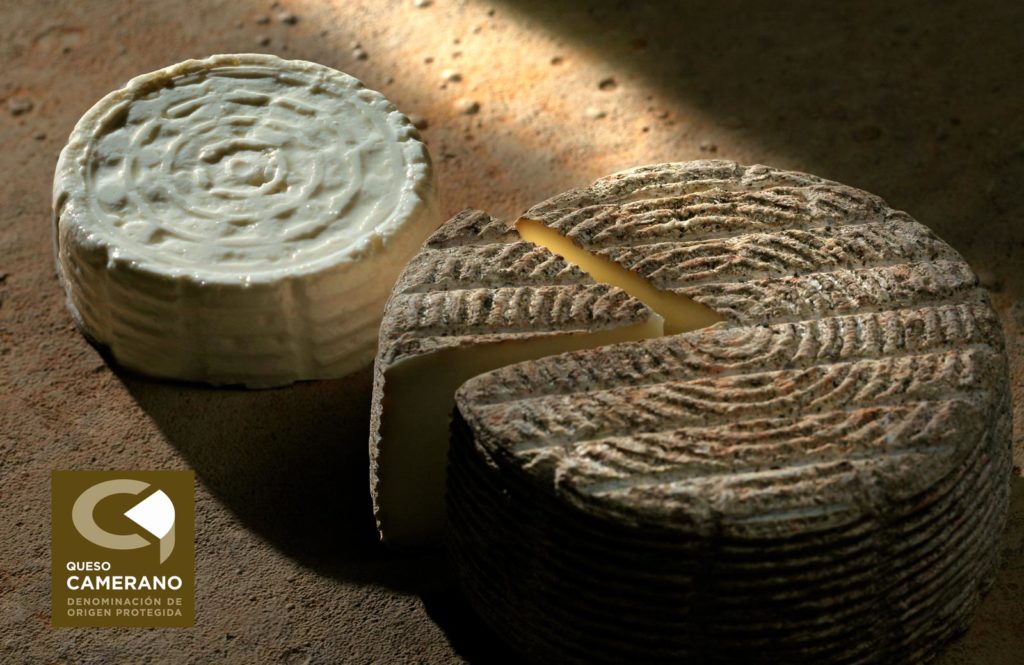
Production of Camerano cheese, 100% natural
The aforementioned goat breeds continue to feed today on all kinds of vegetables they find in the countryside, although this feeding from grazing is complemented by other plants. In any case, the raw material to make the Camerano cheese is 100% natural and the process of transformation to the final product is artisan. However, it should be noted here that many producer families disappeared as a result of the depopulation or the grazing ban in repopulated areas. Besides, the cow It was eating the ground to the goat in livestock terms.
But a dairy derivative so traditional and so linked to the lands of La Rioja hardly dies. At present, the 90% of the municipalities that make up the autonomous community of The Rioja take pride in making this product. Since Logroño but also Cervera del Rio Alhama, from the high to the lowest regions of the province. About eleven livestock farms are attached to the Protected Designation of Origin of Camerano cheese, which is quite small but no less important in the cheese sector. About 30.000 kilograms a year is obtained from this food, in total. It can be found in the two cheese factories registered in the PDO: The Cameros y Celia cheeses.
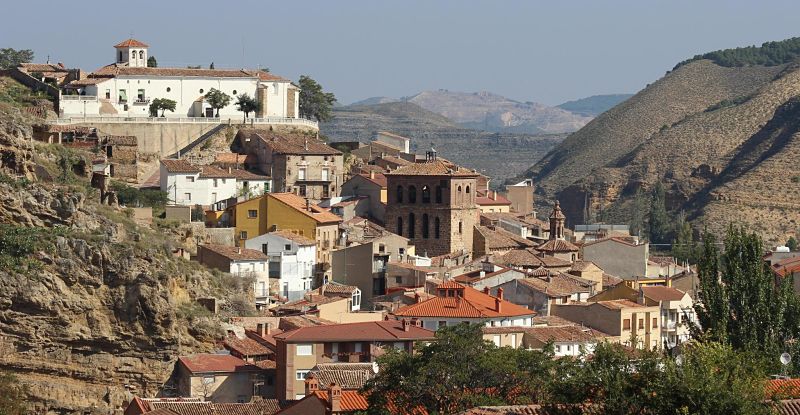
This is Camerano cheese
This Riojan cheese stands out from the outside. His Cortex has a recognizable and bestowed appearance braided wicker mold that is used in its elaboration. It can also be attributed the characteristic marks of the cila. Then, you can find it in different versions, as it is a very versatile product:
- Fresh, with a mild flavor and soft texture. Perfect to taste as soon as you get it.
- Tender (after 15 days of maturation), semi-hard or soft pasta. Ideal to combine with fruits or quince.
- Semi-mature (Minimum 30 days of maturation) and cured (75 or more days of maturation) dark rind, well defined and hardened texture. Great versatility to enjoy with many other foods.
Su taste is sweet and sour in the cooler varieties, while it happens to be intense and defined in the two most cured. When recognizing it, you must check that it incorporates the hallmark of your PDO next to the commercial label. To do this, make sure that a letter and a numbering are written. In addition, you should be able to read that its origin is in the milk of Riojan goat.
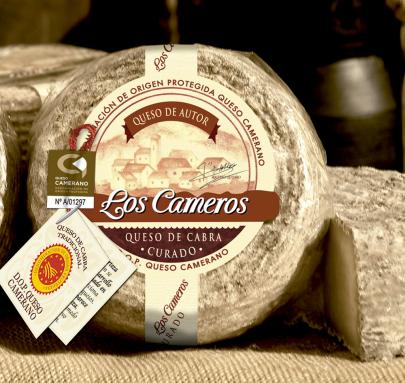
Of course, the camerano cheese It can only be made in areas that produce The Rioja. We encourage you to try it if you step on this territory from which, as you have seen, not only excellent wines come out. What a luxury!



